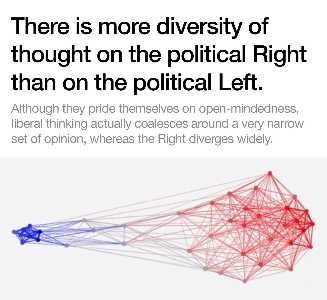anon_kapy said in #3722 6mo ago:

https://sphinxe.substack.com/p/left-and-right
I’ve attempted to do two things here: apply a historicist approach to the question, and account for how we use the categories LEFT and RIGHT today in discourse, i.e., how they’ve evolved over time as polemical tools.
>While people often reduce Left and Right to a single spectrum—from equality to hierarchy, or chaos to order—this analysis treats them instead as positions within a multidimensional space. Specifically, I argue for distinguishing at least three orthogonal axes: entropy/extropy (flattening vs. structured differentiation), statism/anti-statism (centralized coercive power vs. decentralized coordination), and universalism/localism (uniform global rules vs. context-specific traditions). These dimensions intersect in complex ways, producing real-world political strategies that cannot be plotted on a simple line. Recognizing this complexity is essential for understanding how Left and Right emerge and transform within the context of the modern state. Statism itself is a structural feature of modernity that centralizes authority and tends to level older local distinctions, making it a tool whose use complicates any clean mapping of Left and Right.
I’ve attempted to do two things here: apply a historicist approach to the question, and account for how we use the categories LEFT and RIGHT today in discourse, i.e., how they’ve evolved over time as polemical tools.
>While people often reduce Left and Right to a single spectrum—from equality to hierarchy, or chaos to order—this analysis treats them instead as positions within a multidimensional space. Specifically, I argue for distinguishing at least three orthogonal axes: entropy/extropy (flattening vs. structured differentiation), statism/anti-statism (centralized coercive power vs. decentralized coordination), and universalism/localism (uniform global rules vs. context-specific traditions). These dimensions intersect in complex ways, producing real-world political strategies that cannot be plotted on a simple line. Recognizing this complexity is essential for understanding how Left and Right emerge and transform within the context of the modern state. Statism itself is a structural feature of modernity that centralizes authority and tends to level older local distinctions, making it a tool whose use complicates any clean mapping of Left and Right.
referenced by: >>3732
I’ve attempted to do